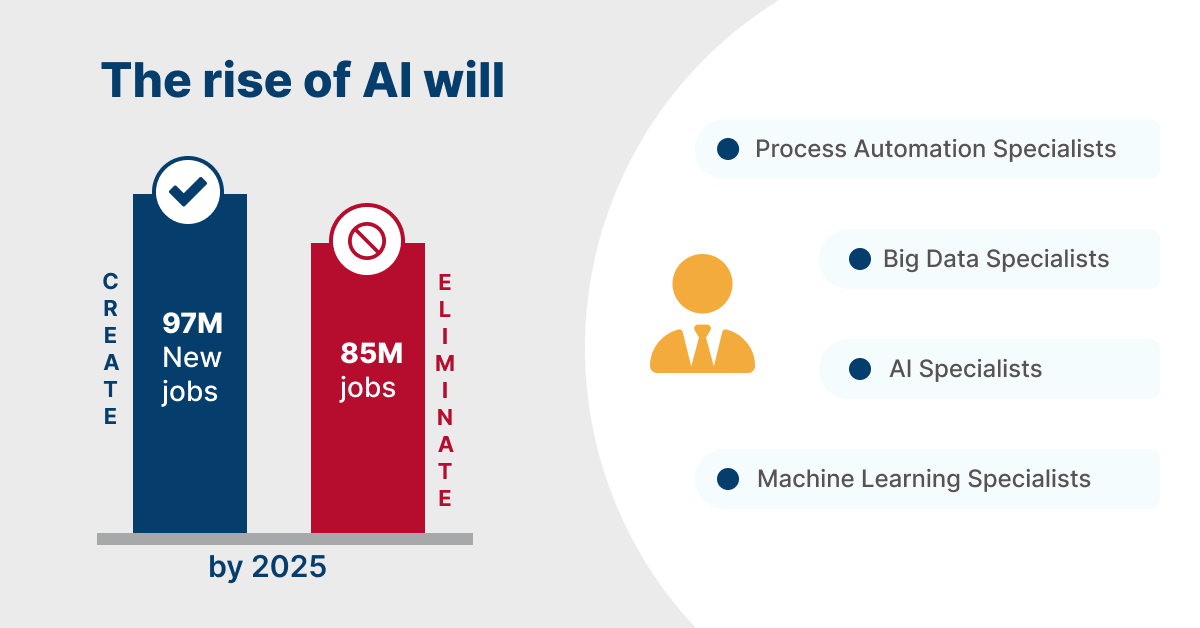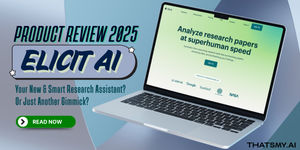Artificial intelligence (AI) has been celebrated for its potential to streamline operations across industries, yet there's a growing realization that it may actually add to workloads rather than reduce them. According to Peter Cappelli of the Wharton School, deploying AI often involves complexities that outweigh its benefits. Setting up, training, and maintaining AI systems can be more labor-intensive than manual tasks. Additionally, the rising costs of AI infrastructure and the need for ongoing human oversight to ensure accuracy further strain resources. While AI excels in managing data, its effectiveness in more creative tasks is limited. Businesses must carefully assess the cost-benefit ratio of AI implementation to ensure it delivers tangible value without becoming a burden. This approach will help maximize AI's potential as a valuable tool rather than an additional workload.

In recent years, artificial intelligence (AI) has been heralded as the ultimate tool for increasing efficiency and reducing workload across various industries. However, emerging insights suggest that AI may actually create more work than it saves. Here’s a closer look at this paradox.
Peter Cappelli, a professor at the Wharton School of the University of Pennsylvania, argues that the complexity involved in deploying AI systems often outweighs the benefits. During a speech at MIT, he highlighted that automating tasks using AI can be more labor-intensive than performing them manually. This is because setting up, training, and maintaining AI systems require significant effort and expertise.
The financial implications of AI are another concern. As AI systems become more prevalent, the costs associated with computer space and electricity increase. These costs can be substantial, making AI less economical than initially anticipated. Additionally, the ongoing need for human validation of AI outputs adds to these expenses. Experts are required to ensure that AI-generated results are accurate, relevant, and free from errors, which is neither easy nor cheap.
Cappelli stresses the necessity of human oversight in AI processes. Despite advancements, AI systems are prone to errors and can produce "hallucinations" or unexpected outcomes. Ensuring the accuracy and reliability of AI outputs demands continuous human intervention, which can be resource-intensive. Experts need to validate AI results, check for data pollution, and establish guardrails to prevent mishaps.
While AI excels at data sorting and handling large datasets, its utility in more innovative and creative tasks is limited. Cappelli points out that AI is more effective in routine data management rather than groundbreaking applications. This limitation means that the revolutionary impact often attributed to AI might be overstated.
To harness the true potential of AI, it is crucial to strike a balance between its benefits and drawbacks. Businesses must carefully evaluate the cost-benefit ratio of AI implementation. Investing in AI should be justified by clear, tangible benefits that outweigh the associated costs and complexities.
AI, despite its promise, is not a one-size-fits-all solution. The intricacies involved in its deployment, coupled with rising costs and the necessity for human oversight, suggest that AI might create more work than it saves. Companies must adopt a pragmatic approach, leveraging AI where it truly adds value and recognizing its limitations. Only by doing so can they ensure that AI serves as an asset rather than a liability.
Sign up to gain AI-driven insights and tools that set you apart from the crowd. Become the leader you’re meant to be.
Start My AI Journey
ThatsMyAI
20 March 2025

ThatsMyAI
7 March 2025